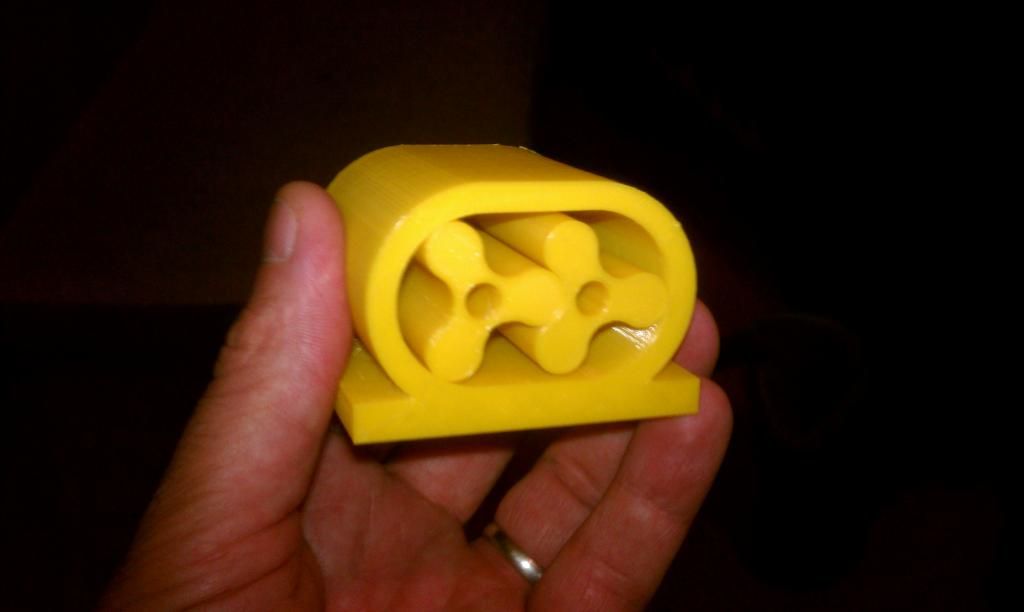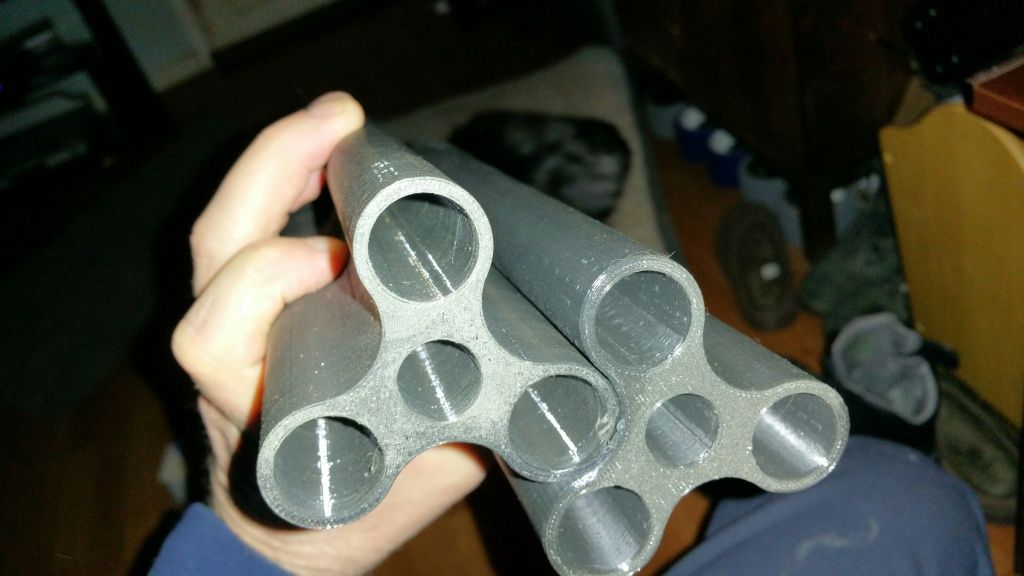aonemarine
Well-Known Member
- Joined
- Nov 18, 2012
- Messages
- 887
- Reaction score
- 212
Tring to figure out how to model the hypocycloidal and epicycloidal curves of a supercharger rotor in alibre cad. This is really making me pull my hair out!
Steve H, have you managed this with your model blower??
Im trying to design a 3 lobe rotor for a blower with a 71ish cid displacement...
Steve H, have you managed this with your model blower??
Im trying to design a 3 lobe rotor for a blower with a 71ish cid displacement...
































![MeshMagic 3D Free 3D Modeling Software [Download]](https://m.media-amazon.com/images/I/B1U+p8ewjGS._SL500_.png)
















![DreamPlan Home Design and Landscaping Software Free for Windows [PC Download]](https://m.media-amazon.com/images/I/51kvZH2dVLL._SL500_.jpg)



















